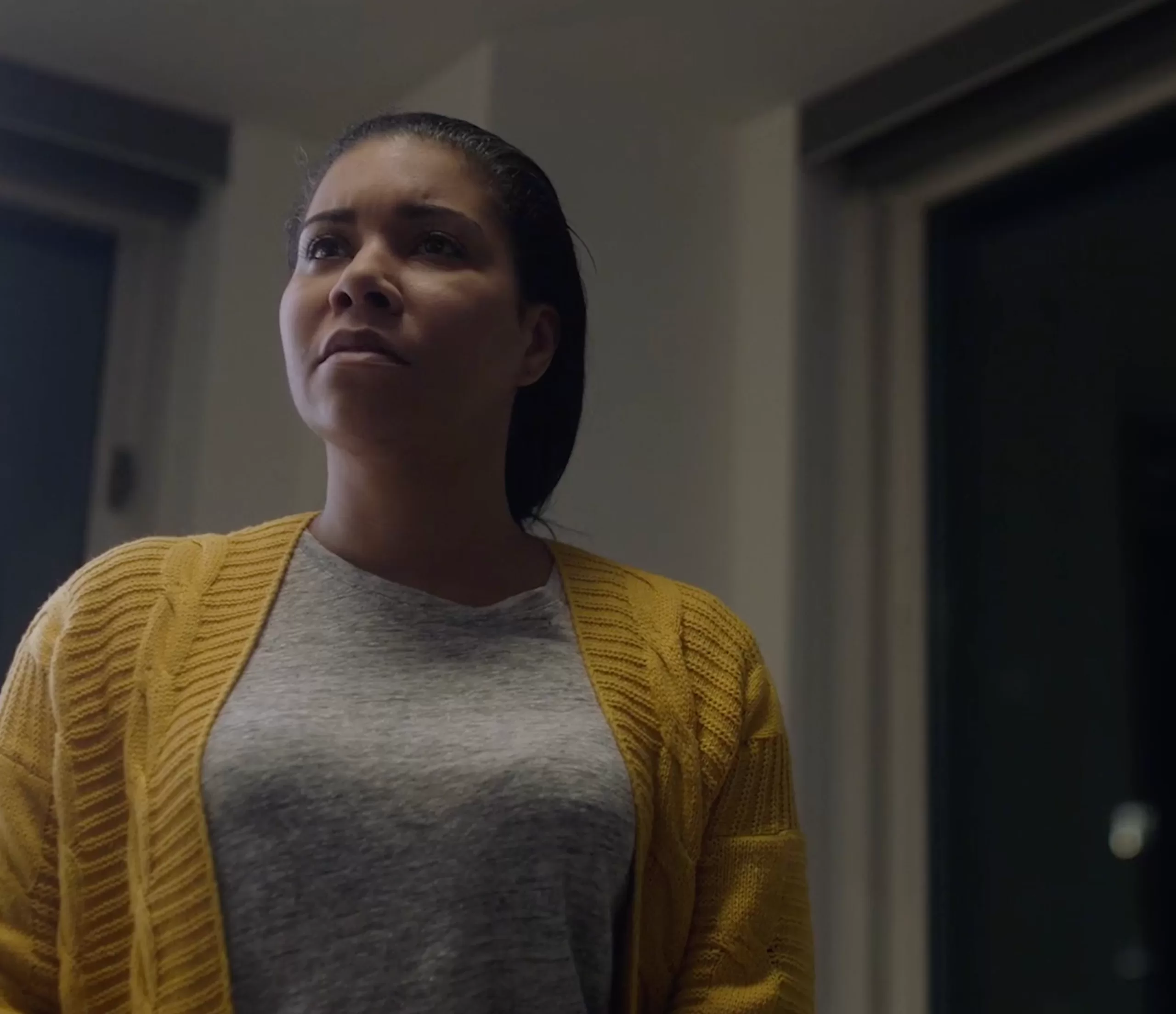“Mike Wallace is Here”
A talking head archival documentary to be sure, but with a subject such as Mike Wallace (who spent his career as a so-called talking head) there was no other way to film it.
Wallace is, perhaps, the one man who defined television journalism. His demeanor was stern and his questions were sometimes strikingly blunt and he didn’t suffer fools gladly nor take BS answers to direct questions. Even Wallace describes himself as “insistent” and a man who is “not to be pushed aside.”
Director Avi Belkin has crafted a fascinating account of a man who truly paid his dues and would go on to become one of America’s most important journalists.
After being a spokesperson for many products such as Parliament cigarettes, Ajax cleaner, and more, Wallace found his way to television news and would go on to become one of the most feared reporters of his profession due to his aggressive and pugilistic interview style.
Through amazing archival footage we follow Wallace’s seven decade-long professional evolution from his days in radio to the 1950s interview show “Night Beat,” and, finally, on to his groundbreaking stint on “60 Minutes.”
DO MOORE: watch Mike Wallace interviewing Justice Thurgood Marshall
Belkin had crucial and unheard-of access to CBS archives and wisely allows his film to jump back and forth in time, letting his subject reflect on a given incident while we are privy to many extremely powerful moments with subjects such as the Ayatollah Khomeini, Jeffrey Wigand (a defining moment where Wallace stood up to CBS after they tried to bury the interview), Malcolm X, Bette Davis, Barbara Streisand (who called him “an asshole”), and so many more.
The most unsettling moment in the film is Wallace’s emotionally-powerful interview with one of the American soldiers involved in the My Lai massacre. Stern and angry, Wallace asks the man, “How do you shoot babies?” The soldier (who would go on to express his regret at allowing himself to be interviewed) is visibly shaken and scared by Wallace’s direct moral right questions.
It’s quite fascinating to watch the tables turn when Mike Wallace allowed himself to be the interviewee. While he pushes his own subjects, never accepting nor allowing dismissive responses, Wallace didn’t like talking about himself and was always evasive with his answers. The groundbreaking journalist who always asked the tough questions was most certainly uncomfortable sitting on the other side and completely hypocritical in his dismissive responses. The film smartly doesn’t shy away from this dichotomy.
If there is one issue to be had with this very good documentary, it is the fact that it does essentially become a “highlight reel.” As we are settling in for a deeper examination of Wallace, it needed somewhat of a better balance between the admiration and the scrutinization of its subject. The tragic death of his son Peter is covered much too quickly, as is Wallace’s struggles with depression and self-loathing that led to a suicide attempt that took the man years to admit. However, as I stated and due to Wallace’s disinterest in speaking about himself, there really is no other way to tell this story and get to its subject’s soul but through hisown interview footage and the words of the people who knew him professionally.
Mike Wallace died in 2012 at the age of ninety three, yet he lived to see the sad erosion of network news dominance. Today’s news is full of finger-pointing and drumming up anger rather than directly reporting events and doing what it takes to get to the truth. In this, the passing of Mike Wallace was the true end of an era. His was a journalism that we shall never see again. In many ways, he was a champion for the people’s right to know.
“Mike Wallace is Here” is compelling and smart and at its best when it reminds us of the importance of journalistic truth and of men like Mike Wallace who would fight for it.
news via inbox
Nulla turp dis cursus. Integer liberos euismod pretium faucibua



